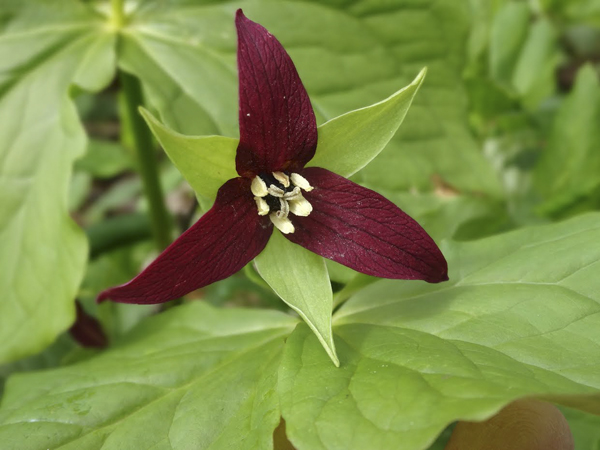Wednesday's Wildflower: Tickseed, Coreopsis spp.

Tickseed, Coreopsis spp. Submitted by Carol Mahler, Serenoa Chapter of Florida Native Plant Society, edited by Valerie Anderson Coreopsis , photo by Carol Mahler Although the orange blossom, Citra sinensis, was named our state flower in 1909, the legislature designated the genus Coreopsis as our state wildflower in 1991. According to the Netstate , the story began in 1963 as the Florida Department of Transportation (FDOT) finished a project near Tallahassee that required sod. The sod field had previously been a pasture planted in red clover—a winter forage for cattle. When the clover blossomed in the new grass, people complimented FDOT for their “highway beautification.” That praise inspired FDOT to plant native wildflowers along Florida’s highways . A partnership with the Florida Federation of Garden Clubs funded a research project at Florida Atlantic University. The results recommended many varieties of Coreopsis, and the Federation lobbied for Coreopsis ...




